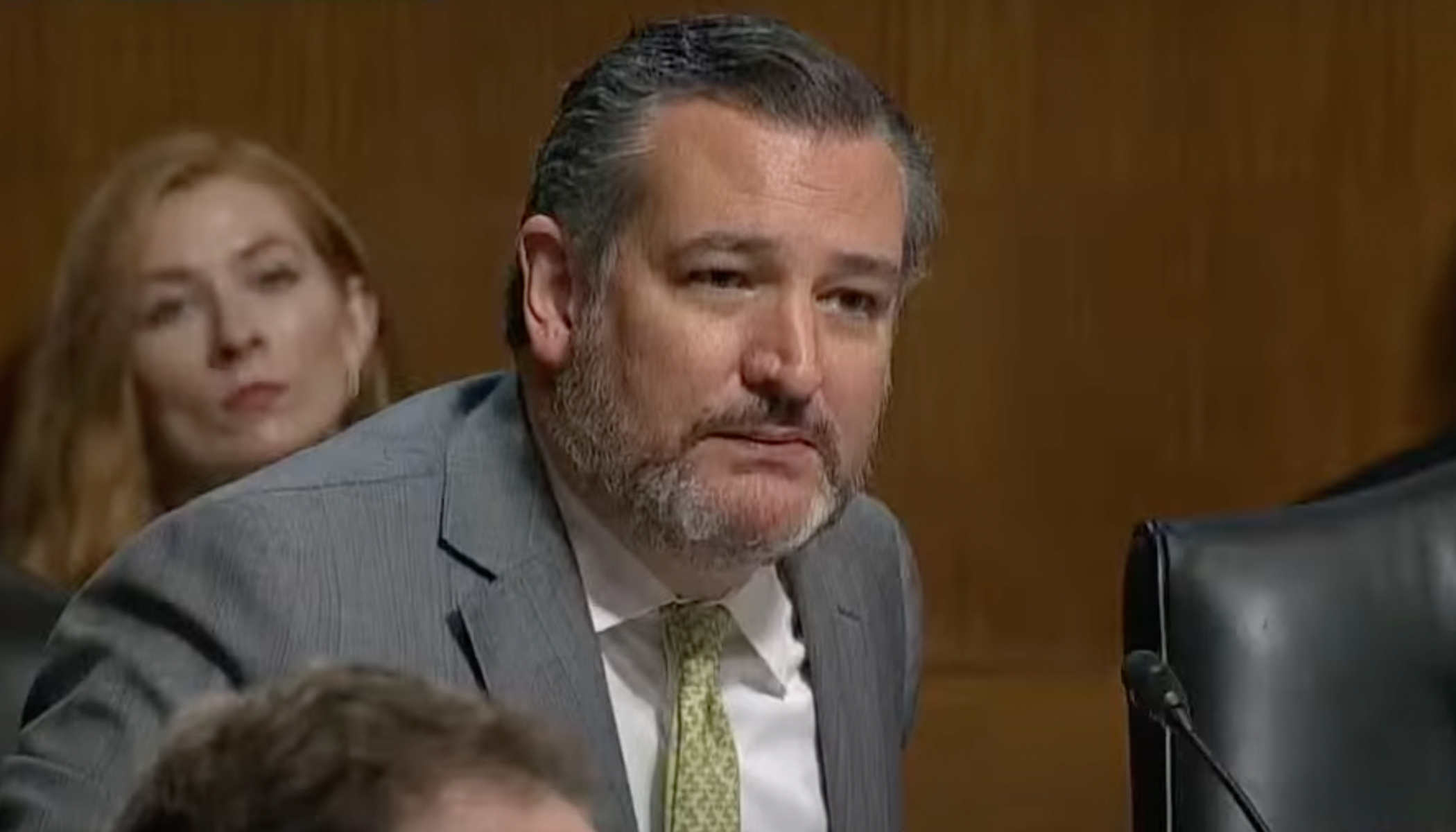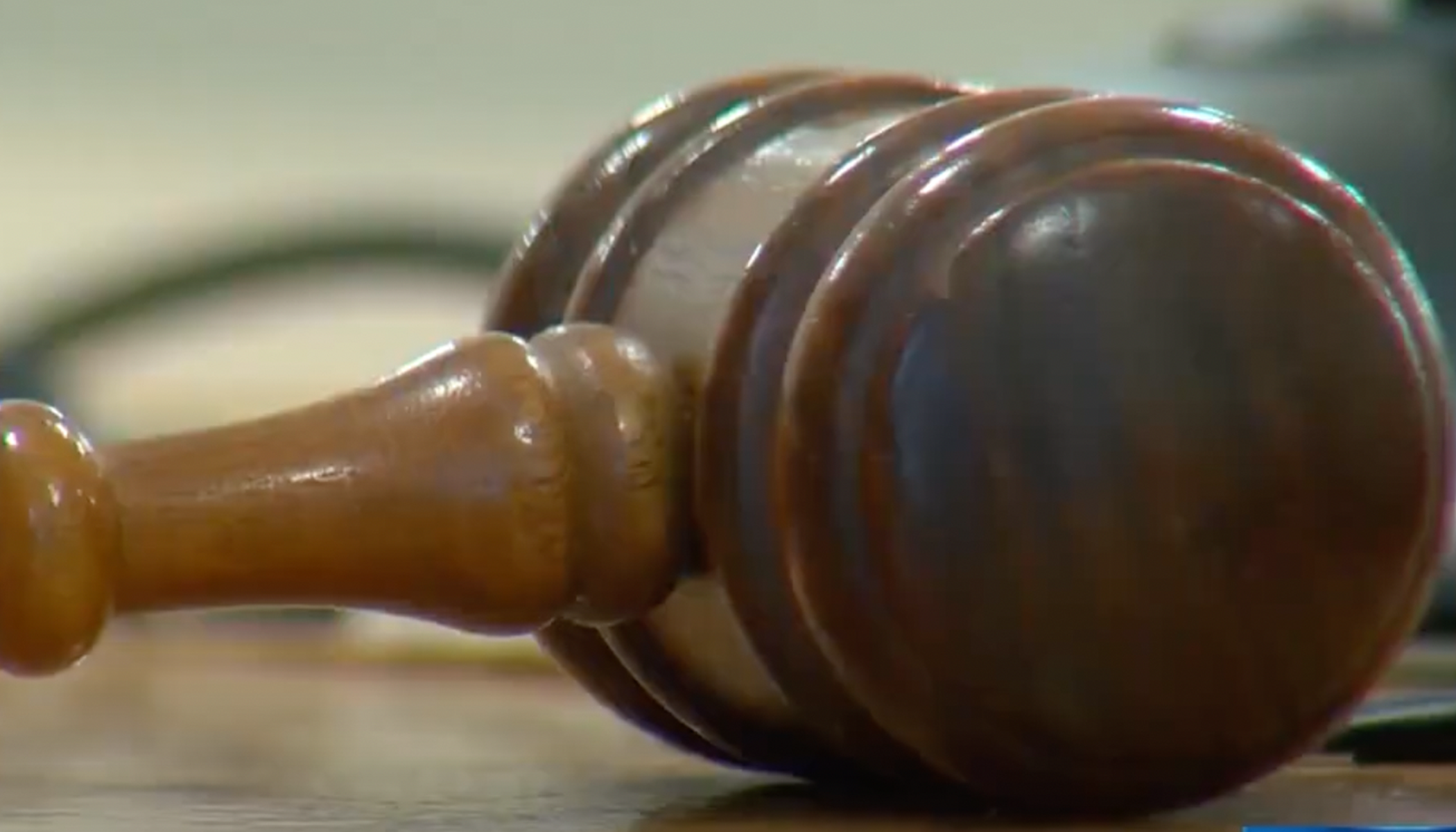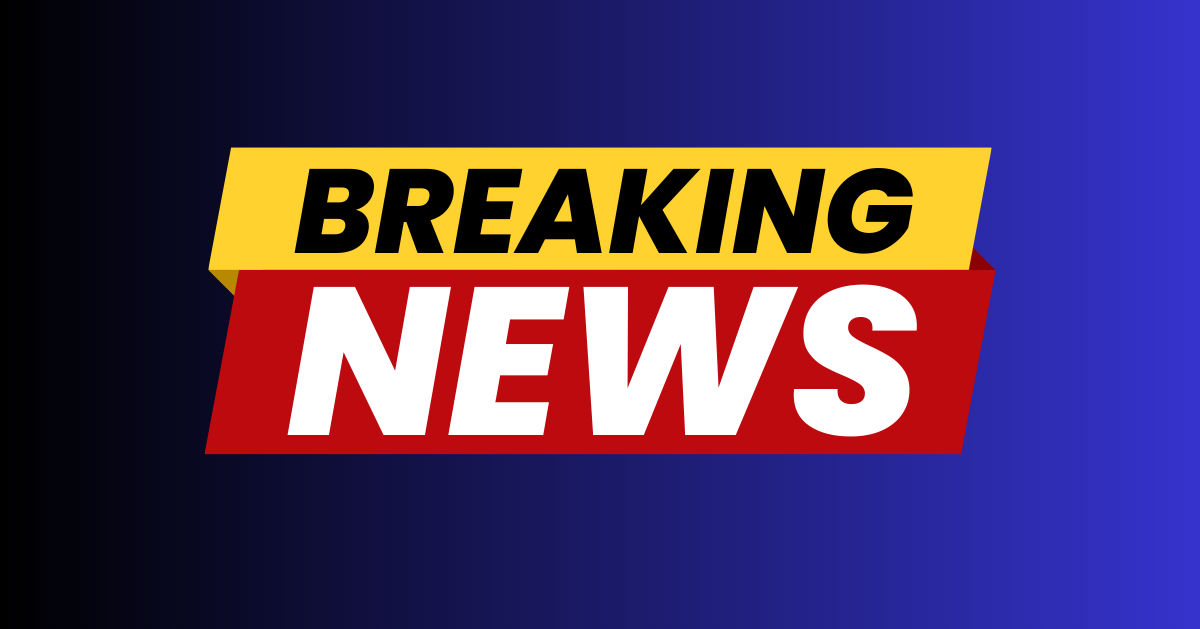NASA holds UFO panel, reveals 'metallic orbs' seen all over the planet
In an unprecedented move, NASA has publicly unveiled the findings from its initial investigation into unidentified flying objects (UFOs), also called unidentified aerial phenomena (UAPs).
This comes following the surprising admission by a top Pentagon official that metallic orb UFOs have been sighted across the globe, the Daily Mail reported.
Findings From the All-Domain Anomaly Resolution Office
Dr. Sean Kirkpatrick, a physicist and director of the Pentagon's All-Domain Anomaly Resolution Office (AARO), made a groundbreaking announcement during a public hearing on Wednesday. He remarked that metallic orb-like UFOs are seen worldwide, performing intricate maneuvers that have intrigued the AARO's team.
Kirkpatrick detailed the AARO's newest discoveries to an independent team of NASA experts responsible for delving into the UFO enigma. This topic, which was often ridiculed and dismissed in the past, has gained legitimacy after recent high-profile military sightings and congressional hearings.
The AARO director also revealed a plan to deploy dedicated sensors for typical UAP sightings. These sensors will operate separately from the military defense sensors currently in use.
Collaboration with NASA and Removal of UAP Stigma
In a noteworthy progression, the Pentagon has decided to work with NASA's official UFO investigators on classified UAP cases. Dr. Kirkpatrick indicated that the Pentagon is closely working with "NASA embeds” scientists who have been cleared for work on classified UAP cases where their skills could help military investigators identify the mysterious crafts or events.
Another key issue that arose during the meeting was the stigma surrounding UAP research. The independent panel emphasized the need for an active effort to abolish this negative stereotype and further proposed the hunt for alien “artifacts” within our solar system.
Karlin Toner, a NASA UAP study group member and senior advisor for data policy integration of the Federal Aviation Administration's (FAA) Office of Aviation Policy and Plans, urged NASA to consider assessing the cultural and social barriers to studying and reporting UAP. This effort aims to end the stigma on UAP research among the scientific community and encourage more in-depth investigations.
Further Recommendations and Conclusions
The chairman of NASA's independent UAP panel, theoretical astrophysicist David Spergel, summed up the group's main goal: understanding the nature of UAPs. He painted the current state of data collection efforts on UAP as "unsystematic" and "fragmented across various agencies".
Former associate administrator for Space Policy and Partnerships at NASA, Mike Gold, went a step further. Gold, who now works with Redwire, a private space infrastructure firm, called on NASA to establish a permanent office dedicated to studying UAPs. Despite NASA promising a more open-minded approach, the space agency asserted that no evidence suggests that UAPs are extraterrestrial in origin. In its recent statements, NASA hinted at a possible expansion in the definition of UAP, suggesting that sightings other than those that appeared airborne might be included.
One panel member, astrobiologist David Grinspoon, suggested that NASA's search for “biosignatures” and “technosignatures” of extraterrestrial life in the wider universe could be relevant to the UAP investigation. While currently, there is no evidence suggesting an extraterrestrial source for UAPs, Grinspoon suggested the plausibility of finding “extraterrestrial artifacts” made by an alien civilization in our solar system. He recommended that NASA should include attempts to search and identify any such artifacts in future planetary exploration missions.
The landmark public hearing marked a change in the government's public stance on UAPs. Decades of deflecting, debunking, and discrediting sightings of unidentified flying objects dating back to the 1940s have shifted to a more proactive investigative stance.
The State of Current UFO Investigations
According to AARO director Kirkpatrick of AARO's current database of about 800 UAP cases, approximately 2% to 5% constitute real and baffling anomalies. He made these statements during his presentation to the NASA panel, which was one of the first significant presentations during the public panel by NASA's UAP study group.
Kirkpatrick's revelations and a presentation by an advisor to the Federal Aviation Administration's Air Traffic Surveillance Services Office, Mike Freie, constituted the first significant public discussion by NASA's UAP study group.
A Turning Point in UAP Studies
For the first time, the US space agency has taken up a subject that was previously the domain of military and national security officials. Formed last June, NASA's study group consists of 16 experts, ranging from physicists to astronauts, and examines unclassified UFO sightings and other data collected from civilian government and commercial sectors, VOX reported.
These developments signal a promising direction toward understanding the nature of these unexplained phenomena. They suggest a more open approach toward a topic that has long been dismissed or ridiculed. Despite the progress, NASA remains cautious, stating, "There is no evidence UAPs are extraterrestrial in origin." However, the agency's openness to redefine UAP to include more than airborne phenomena indicates an open mind to all possibilities.
Looking Towards the Stars and Beyond
David Grinspoon, an astrobiologist and advisor to NASA on space exploration strategy, offered more cosmic recommendations during the meeting. He stated that the search for biosignatures and technosignatures of extraterrestrial life could play a significant role in investigating local UAPs. Grinspoon expressed that it would be “plausible” to discover “extraterrestrial artifacts” created by an alien civilization within our solar system. He urged NASA to incorporate efforts to search for and identify such artifacts in upcoming planetary exploration missions.






